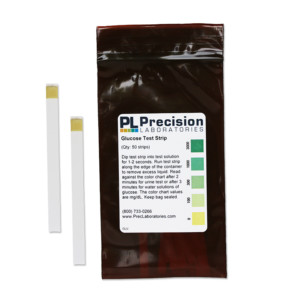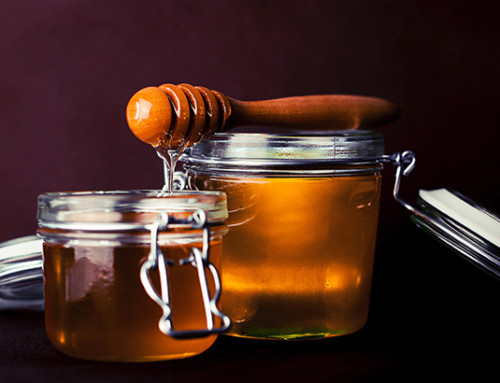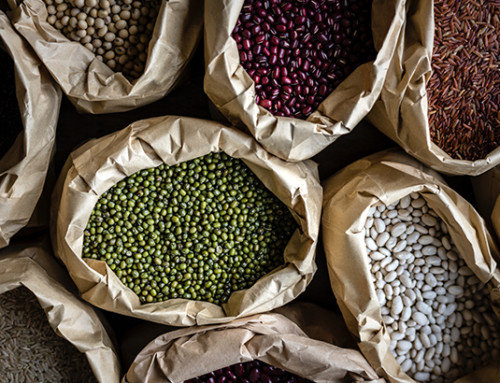Our Glucose test strips can be used in biology classrooms to perform diffusion and osmosis experiments. Diffusion is the movement of particles from a region of higher concentration to a region of lower concentration, continuing until the concentration of the substance is uniform throughout. Osmosis is a process by which molecules of a solvent tend to pass through a semipermeable membrane from a less concentrated solution into a more concentrated solution, again equalizing the concentrations on each side of the membrane. Osmosis is a special example of diffusion.
A semipermeable membrane is a barrier that permits the passage of some substances, but not others. In other words, it will allow the passage of solvent molecules, but not some of the larger solute molecules. Cell membranes are semipermeable because they not only allow the passage of water, but also allow the passage of certain solutes.
In plants, plant cells gain water by osmosis, so an example of osmosis is the absorption of water by plant roots. Let’s do an experiment to give us a visual example of this process.
Materials

- Dialysis tubing
- Distilled water
- Starch solution
- Glucose solution
- Lugol’s solution
- Glucose test strips
- Rubber bands
- Spoon
- Beaker
- Laboratory notebook and pencil
Instructions
- Soak the dialysis tubing in water for 3-4 minutes. Once the tubing is completely wet, tie off one end tightly to form a bag. Rub the open end of the bag between your fingers until the edges separate.
- Fill a beaker halfway with distilled water. Using a Glucose test strip, test the water for the presence of glucose. You should receive a negative result. Record this observation in your laboratory notebook.
- Add 25 drops of Lugol’s solution to the water (enough so the solution is golden-brown) and stir with a clean, dry spoon.
- Add 50 drops of starch and 50 drops of glucose to the dialysis bag. Test the solution with a glucose test strip and record the results in your laboratory notebook.
- Fold the bag over or close it, and rinse the outside of the bag under a small amount of running water. This step is very important in removing any excess starch or glucose that may have dropped on the outside of the bag.
- Seal the open end of the bag with another rubber band. Be sure to leave a little extra space for fluids, as you don’t want the bag to burst. Your membrane should now look like a Tootsie Roll.
- Place the membrane into the beaker of Lugol’s solution. Mark the outside of the beaker with the level of fluid.
- After 30 minutes, or until you see a distinct color change in the bag or beaker, observe the solution inside the membrane and the solution in the beaker.
- Test the liquid in the beaker with a Glucose test strip, and record the results in your laboratory notebook. You should now get positive results on your Glucose test strip.
Questions and Observations
- What changes did you notice inside the membrane, in the beaker solution, and when you tested the beaker solution for the presence of glucose?
- Which substances entered the membrane and which substances left the membrane? What experimental evidence supports your answer?
- Based on your observations, rank the following by relative size from smallest to largest: glucose molecules, water molecules, starch molecules, IKI molecules and membrane pores.
Explanation
The water entered the dialysis bag. At the same time, the iodine (Lugol’s solution) entered the bag, and the glucose left the bag. The starch stayed in the bag. You proved this by testing the beaker solution for the presence of glucose. In addition, when iodine mixes with polysaccharides, it turns a dark black. This coloring should have been present at the bottom of your bag because the iodine (Lugol’s solution) entered the bag, while the starch (polysaccharide) stayed in the bag.
Water is less dense than the iodine/starch solution, which is why that was pushed to the bottom of the bag. This is how you know water entered the bag.







Leave A Comment